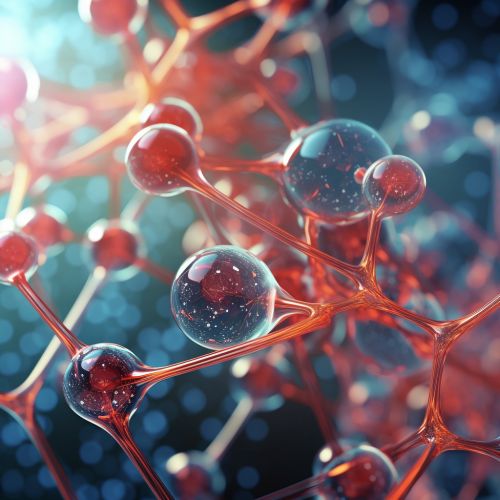Transposase
Introduction
Transposase is an enzyme that binds to the end of a transposon and catalyzes the movement of the transposon to another part of the genome by a cut and paste mechanism or a replicative transposition mechanism. Transposase is the key element of the transposition process, which is a type of genetic recombination. Transposases are part of the larger family of DNA-binding proteins.


Structure
Transposases are typically composed of a DNA-binding domain and a catalytic domain. The DNA-binding domain recognizes and binds to the specific DNA sequence of the transposon. The catalytic domain, on the other hand, is responsible for the enzymatic activity of the transposase, which includes the cleavage and joining of DNA strands.
Function
Transposases are responsible for the movement of transposons within the genome. This movement can occur within a single DNA molecule or between two different DNA molecules. The transposase enzyme recognizes the specific DNA sequence of the transposon and binds to it. It then cleaves the DNA at the transposon boundaries and facilitates the integration of the transposon into a new location in the genome.
Mechanism of Action
Transposition involves several steps. First, the transposase enzyme binds to the ends of the transposon in a sequence-specific manner. This binding forms a complex known as the transpososome. The transposase then cleaves the DNA at the transposon boundaries, creating a staggered cut. This cut leaves a few base pairs of the transposon at the original site and a free transposon with overhanging ends. The transposase then inserts the free transposon into a new location in the genome. The gaps at the insertion site are filled in by DNA polymerase, and the nicks are sealed by DNA ligase.
Role in Genetic Variation
Transposases play a crucial role in generating genetic variation. By moving transposons within the genome, they can cause mutations, alter gene expression, and even lead to the creation of new genes. This genetic variation can have significant effects on an organism's phenotype and can drive evolution.
Role in Bacterial Resistance
Transposases also play a significant role in bacterial resistance to antibiotics. Many antibiotic resistance genes are located on transposons. When these transposons are moved within the genome by transposases, the resistance genes can be spread to different locations or even different organisms. This can lead to the rapid spread of antibiotic resistance among bacterial populations.
Transposase in Biotechnology
Transposases have been utilized in biotechnology for their ability to insert specific genes into the genome. This has been used in genetic engineering to create genetically modified organisms. For example, transposases have been used to insert genes into the genomes of plants, creating genetically modified crops with desired traits.
